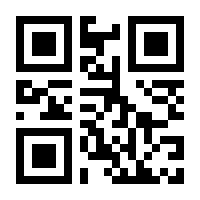
×
![Buchcover ISBN 9781461525769]()
Bioelectrochemistry IV
Nerve Muscle Function— Bioelectrochemistry, Mechanisms, Bioenergetics, and Control
herausgegeben von Bruno Andrea Melandri, Giulio Milazzo und Martin Blankby G. MILAZZO and M. BLANK This book contains the lectures of the fourth advanced course Bioelectrochemislry W Neroe-Muscle Function: Bioelectrochemistry, Mechanisms, Energetics and Contro~ which took place at the Majorana Center in Erice, Italy, October 20th to November 1, 1991. The scope of the course was international in terms of both sponsorship and partici pation. Sponsors included the Bioelectrochemical Society, NATO, International Union of Pure and Applied Biophysics (lUPAB), the World Federation of Scientists and the Italian National Research Council. One-third of the sixty participants were from Italy, but the majority came from eighteen other nations. Since the course was part of the International School of Biophysics, the biophysi cal point of view was emphasized in integrating the biology with the electrochemistry. Lecturers were asked to use a quantitative approach with accepted standards and proper units, since this is absolutely essential for developing an effective common language for communication across disciplines. Participants were also urged not to forget that biological systems could also be considered as physical systems. Ion channels are proteins and their properties as polyelectrolytes contribute to the specific biological properties. The existence of families of channels, with very similar structures but different selectivities, suggests that the specificities arise from slight variations of a general basic design. These perspectives on nerve-muscle function helped to make the school course a unique treatment of the subject.



